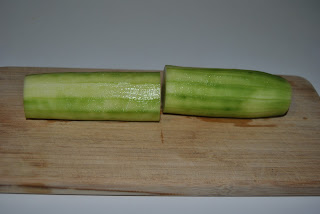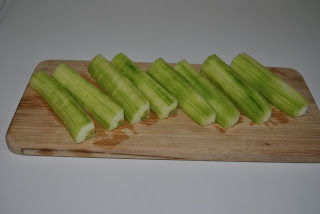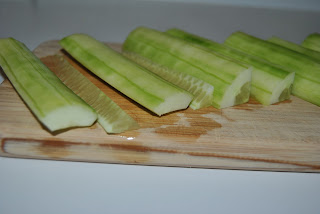It’s the most wonderful time of the year… Scratch that. I think it should read: It’s the most busy time of the year. I have 2 birthdays, an anniversary, plus the usual hustle and bustle of the holidays. I have already conquered one birthday and came out unscathed for the most part. There was one small incident when I was making my daughter’s birthday cake where I knocked over a whole carton of eggs and sent them crashing to the floor. What a mess! I had to sneak into my neighbor’s house-they were in Lego Land-to try to score more eggs and when I realized they had whittled down their food supply and didn’t have any eggs, I had to make an emergency trip to the store. (In case you’re wondering, I fessed up to my neighbors upon their return and still managed to get invited to their house for dinner for some Cincinnati Chili. There’s nothing like good friends!)
Unlike birthdays, anniversaries are much easier. My
husband and I hang out alone and we eat and toast to “us”. We make sure that we
are the ones doing all of the asking and attention begging for what always
seems like a much-needed date night. This year we had the opportunity to eat at
a restaurant in Downtown Richmond, Chez
Foushee, which is owned by the man who catered our wedding. They have
always only been open for lunch, during the week, because they catered in the
evenings but have recently opened for business Thursday through Saturday evenings
and for weekend brunch too. They make the most amazing lemon butter cake which
is truly one of the best desserts that I have ever put in my mouth. That’s
another story though.
Since this time of year is so busy, and so fun, I decided
to devote my recipes for the next month or so to easy and fun party food. I was
inspired by this restaurant I went to a few weeks ago that had a delicious
edamame spread on the menu. My husband, my friend and I had attended a lovely
wine and beer tasting one evening that had a couple hundred selections. Our
friend retired early because he had to be at the hospital the next morning. (ER
doctors are good friends to have. My advice if you have one: Make them a
Godparent to one of your children ;)) Soon after, my husband and I decided that
we had had enough, and the hors d’oeuvres that were served at the tasting were
not going to cut it as dinner. We headed up the street to a new restaurant with
high ceilings, lots of tables and a good old Richmond vibe. We really only
needed a snack and the edamame spread caught my eye. It was served with toast
points, which in my opinion were the wrong pairing, but nonetheless, it was
delicious. When I eat at a restaurant and eat something that I really like, I
often question the server about the ingredients so I can attempt to recreate
something like it at home. This recipe had 3 ingredients: edamame, sesame oil
and wasabi. My version is very simple with the addition of 2 ingredients (plus
salt which should always be assumed). I added a little lemon juice to pop the
flavor. It’s often a good idea to add something acidic to your food because the
acidity acts as a flavor enhancer. I also added hemp seed oil to make it
creamier. I’ve mentioned before that hemp seed oil is wonderful because it’s
loaded with omega 3’s but I understand that you may not have it on hand so
extra-virgin olive oil is a fine substitute. I think of sesame oil as a spice
and a little goes a long way. Just keep that in mind when using it. The spread,
or dip, goes really well with rice crackers, cucumbers, sugar-snap peas, grape
tomatoes, or any other dipping vegetable. I have two non-gluten extended family
members so this is a wonderful appetizer for them as well.
Enjoy and be on the lookout for more simple and delicious
holiday treats!
Edamame Dip
Makes about a cup
*Gluten Free*
*Usually Dairy Free and Vegan but check
packaging*
Ingredients:
1 ½ cups frozen, shelled,
edamame beans
2 teaspoons sesame
seed oil
3 tablespoons hemp
seed oil (or extra-virgin olive oil)
1 tablespoons
lemon juice
1 teaspoon wasabi
paste (or more depending on taste)
¾ teaspoon sea
salt
Measuring spoons/cups
Knife and cutting
board
Lemon juicer
(optional)
Small pot
Strainer
Food processor
Silicone spatula
Procedure:
-Cook edamame beans in plenty of boiling water for 5
minutes. Strain and place in food processor.
-While beans are cooking, add remaining ingredients to food
processor.
-Process all ingredients for 1 minute. Scrape down sides
and bottom and process for 2 minutes more.
-Adjust salt and wasabi to taste.
-Serve with rice crackers and/or dipping vegetables. (Technique: See below for a quick way to seed a cucumber.)
-Cut into desired shape.






























































